Listen here on Spotify | Listen here on Apple Podcast
Episode released on May 15, 2025
Episode recorded on February 14, 2025
 Ricardo Hirata is a Professor at the Institute of Geoscience at the University of São Paulo and serves as the Director of the Groundwater Research Center.
Ricardo Hirata is a Professor at the Institute of Geoscience at the University of São Paulo and serves as the Director of the Groundwater Research Center.
Highlights | Transcript
- The recent drought in Brazil (2023 – 2024) is linked to El Nino (2023 – 2024) and fires (99,000 fire outbreaks in 2023 and 140,000 in 2024) in the Amazon based on Brazil’s National Institute for Space Research (INPE).
- Amazon: 2.5 million km2, 70% forest. The projected climate is drier and warmer, increasing fire risk. The Amazon forest is very difficult to monitor from ground and air (helicopters). Illegal activities, illicit occupations, organized drug dealers, etc., are also linked to fires in addition to climate drivers.
- Atmospheric circulation from the Amazon is very important for the climate in Brazil and South America. This circulation results in Sao Paulo being humid and not a desert like other subtropical regions (Atacama, Peru, Namibian desert, Australian deserts).
- Drought affected river discharge in 2023 – 2024, leaving up to half a million people without transportation and communication. Rivers provide transportation routes for many of the poorest people. Examples of Amazon tributaries affected by drought include the Madeira River, where the level decreased from 3.3 to 0.5 m, and Rio Negro, which dropped from 24 m to 13 m in Oct. 2024 (city of Manaus). The Amazon region was impacted a lot.
- A recent study shows that drought effects in the Amazon are exacerbated by declining groundwater levels (Toledo et al., STOTEN, 2024) since trees partially depend on groundwater during droughts. The study reveals a strong correlation between groundwater declines and fire extent.
- Brazil is the second largest producer of eucalyptus in the center south of the country. Eucalyptus trees extract up to 200 L/d of water. Their roots extend into underlying aquifers, sometimes 8 m below the water table. Eucalyptus plantations are very dense and greatly impact groundwater storage.
- Human activities mostly initiate droughts, but drought escalation is linked to droughts induced by the warm El Nino phase. The burned area increased substantially during the strong El Nino in 2015-2016.
- A paper on urban self-supply from groundwater by Foster, Hirata et al. (2022) indicates that Sao Paulo (21.5 M people), including 39 municipalities, relied on surface water supplies for 95% of the population and groundwater for 1% of the population.
- Water sources in Brazil: 80% surface water and 20% groundwater (Hirata et al., 2019). An estimated 2.5 – 3 million wells have been drilled in Brazil. These wells are used chiefly for self-supply of groundwater. The study shows that 90% of the 17.6 km3/yr (557 m3/s) of exploited groundwater is extracted through private tubular wells with the following categories: domestic services (30%), agriculture (24%), urban public supply (18%) and multiple supply (14%) (Fig. 1).
- There are 5,700 municipalities in Brazil, 45% with populations < 10,000 people. A total of 50% of municipalities are supplied partially or totally by groundwater, primarily small, poor cities. Groundwater and wells are inexpensive and readily installed, promoting expanding groundwater use.
- Drought from 2014 to 2017 affected 50% of cities in Brazil, the strongest drought in 100 years. The drought affects cities reliant on surface water more than those using groundwater. Groundwater is more resilient during drought because water can be extracted from storage. Sao Paulo drought linked to strong El Nino in 2015-2016 — surface water was the dominant water source for ~20 million people in Sao Paulo. Sao Paulo is also connected to three other watersheds. Groundwater increased drought resilience with ~10,000 - 12,000 private wells drilled (60% of wells were not regulated, illegal), ~ 10 m3/d (0.3 km3/yr). Groundwater use increased from 1% to 25% of the total water supply during drought.
- The Guarani Aquifer is very important, storing 30,000 km3 of water (Fig. 2). Wells up to 1 km deep are expensive to drill. It is fossil groundwater.
- The lack of sewage networks affects nearly half of the Brazilian population, and there are leaks from them. More than 4.3 km3/yr of water from leaking sewers reaches the underlying aquifer, affecting groundwater quality.
- Ricardo Hirata is the Principal Investigator of the SACRE project (Solucoes integradas de Agua para Cidades REsilientes, integrated water solutions for resilient cities). SACRE includes four main pillars:
- Scientific and technological development,
- Public policy,
- Training high-level human resources, and
- Communication and diffusion (Fig. 3).
The study area is the city of Bauru, North of Sao Paulo, with a population of 380,000 people. The Batalha river runs through the city. The city uses surface water and groundwater. SACRE is designed to train students, collaborate with industry and government, and provide data to policymakers.
- The Bauru aquifer (~ 150 m thick) overlies the Guarani Aquifer, with the Sera Geral confining layer between the two (Fig. 2). The Bauru aquifer is used for self-supply. A total of 800 wells were installed to extract water from the aquifer.
- Bauru City: 65% of the water comes from Guarani Aquifer, 25% from the Batalha River, and the rest from the Bauru Aquifer. There is a lot of competition for water. Bauru is at the end of the line after agricultural water extractions. The Guarani Aquifer potentiometric head is dropping at ~ 1 to 2 m/yr.
- The Bauru Aquifer is contaminated with nutrients (nitrogen, phosphorus). The City of Bauru does not treat sewage discharged directly into the rivers. The city has achieved 100% sewage collection, but no sewage treatment facility exists. Leakage from the aging infrastructure accounts for 10% of nitrate and pharmaceuticals leaking into the Bauru Aquifer. Groundwater contamination with nitrate is present down to a depth of 60 m.
- Bauru water issues:
- Groundwater level declines
- Groundwater contamination
- Lack of investment in infrastructure
- Poor water resource management
- Potential solutions:
- Riverbank filtration pilot study: 20 shallow wells (~20 m) along the riverbank, same cost as 1 deep well, plus a small treatment plant.
- Groundwater monitoring and GRACE satellite monitoring data with reports for different aquifers record groundwater depletion. Groundwater storage declined by 31 km3 in the Urucuia Aquifer and 6 km3 in the Bauru-Caiua Aquifer (Camacho et al., 2023).
- A study shows that managed aquifer recharge (MAR) in Sao Paulo State could help address groundwater depletion (Goodarzi et al., Env. Earth Sciences, 2024). Examples include cities such as Ribeirão Preto (population ~ 700 000 people), which is 100% reliant on the Guarani Aquifer, which also evaluates water from the Pardo River.
- World Bank program: Groundwater Management Advisory Team (GW-MATE)
- Groundwater Management Advisory Team (GW•MATE) Overview
- Sustainable Groundwater Management: Concepts and Tools: GW-MATE Briefing Note 9.
- Urban Groundwater Use Policy balancing the benefits and risks in developing nations (2010)
- Conjunctive Use of Groundwater and Surface Water
- The Guarani Aquifer Initiative – Towards Realistic Groundwater Management in a Transboundary Context (2009) (link)
Groundwater Resource Accounting (2009)
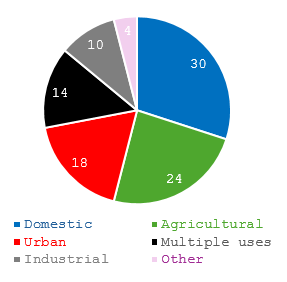
Figure 1. Percent groundwater use in Brazil by sector (Hirata et al., 2019). 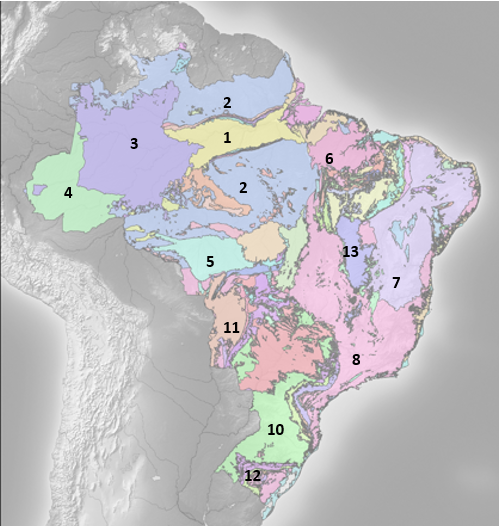
Figure 2. Main aquifers in Brazil. Agencia Nacional de Aguas:
1-Alter de Chão; 2-Fraturado Norte; 3-Ica; 4-Solimões; 5-Parecis; 6-Itapecurui; 7-Fraturado Semiarido; 8-Fraturado Centro Sul; 9-Bauru Cauia; 10-Serra Geral; 11-Pantanal; 12-Guarani; 13-Urucuia Areado.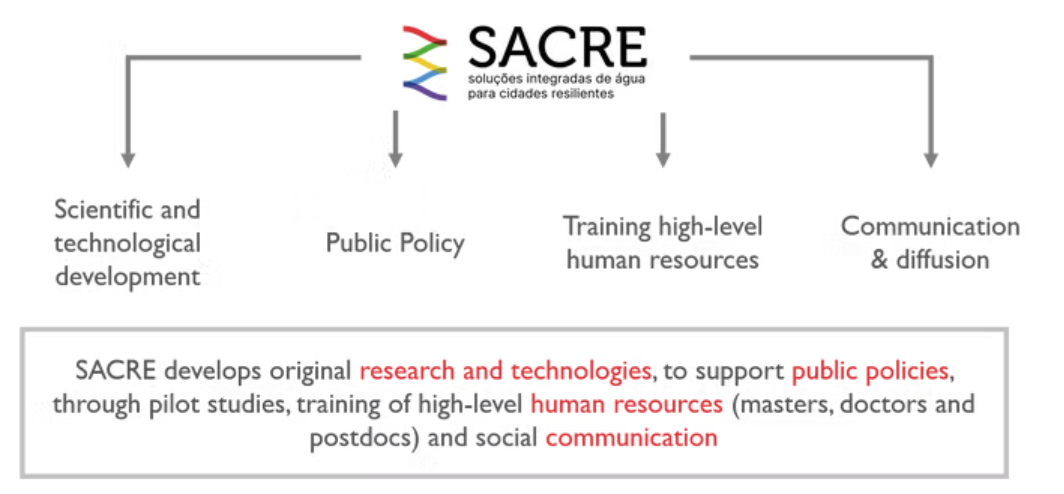
Figure 3. Four main pillars of the SACRE project. 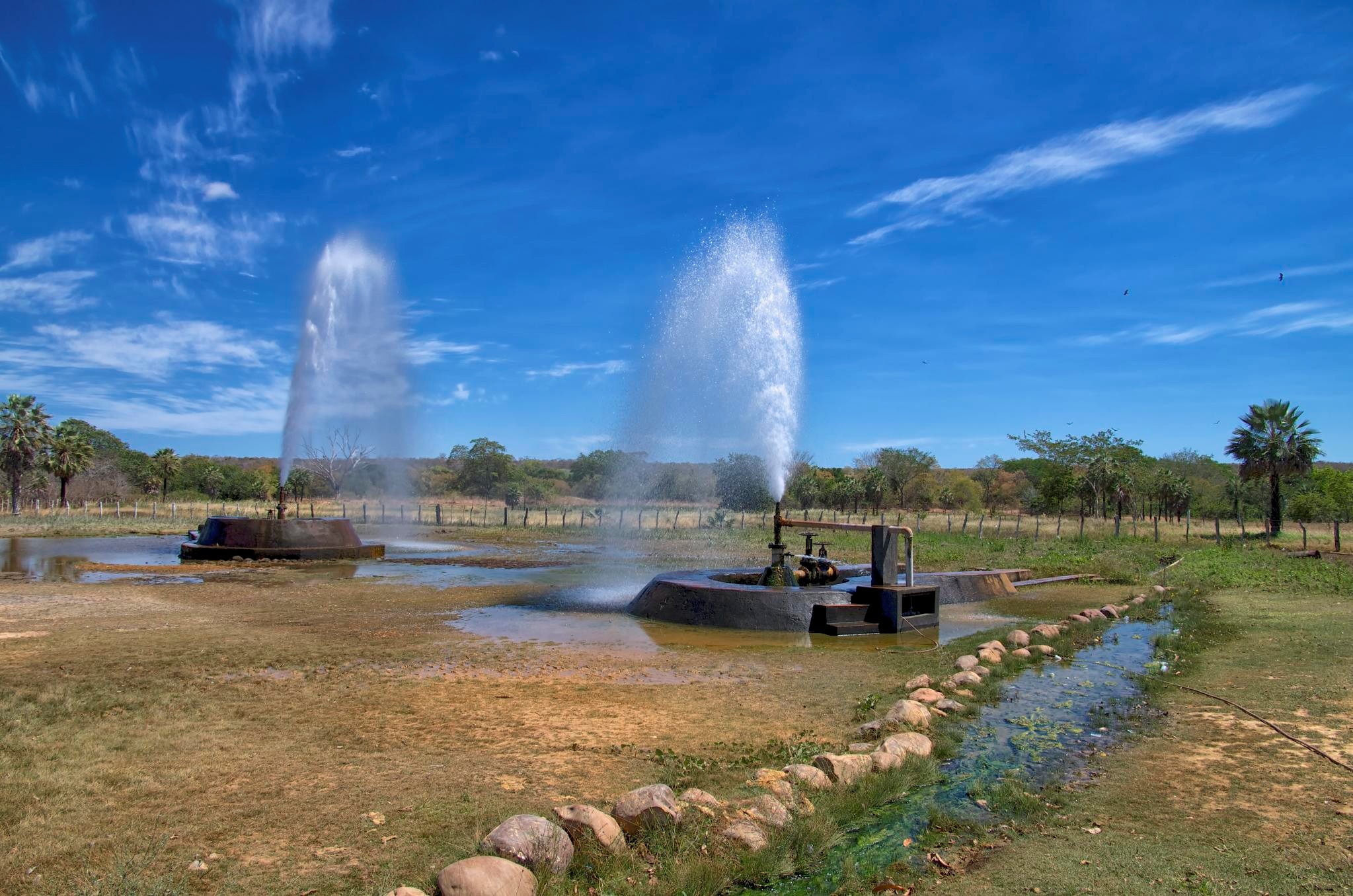
Figure 4. Artesian wells in the Cabeças Aquifer, Piauí (Brazil) 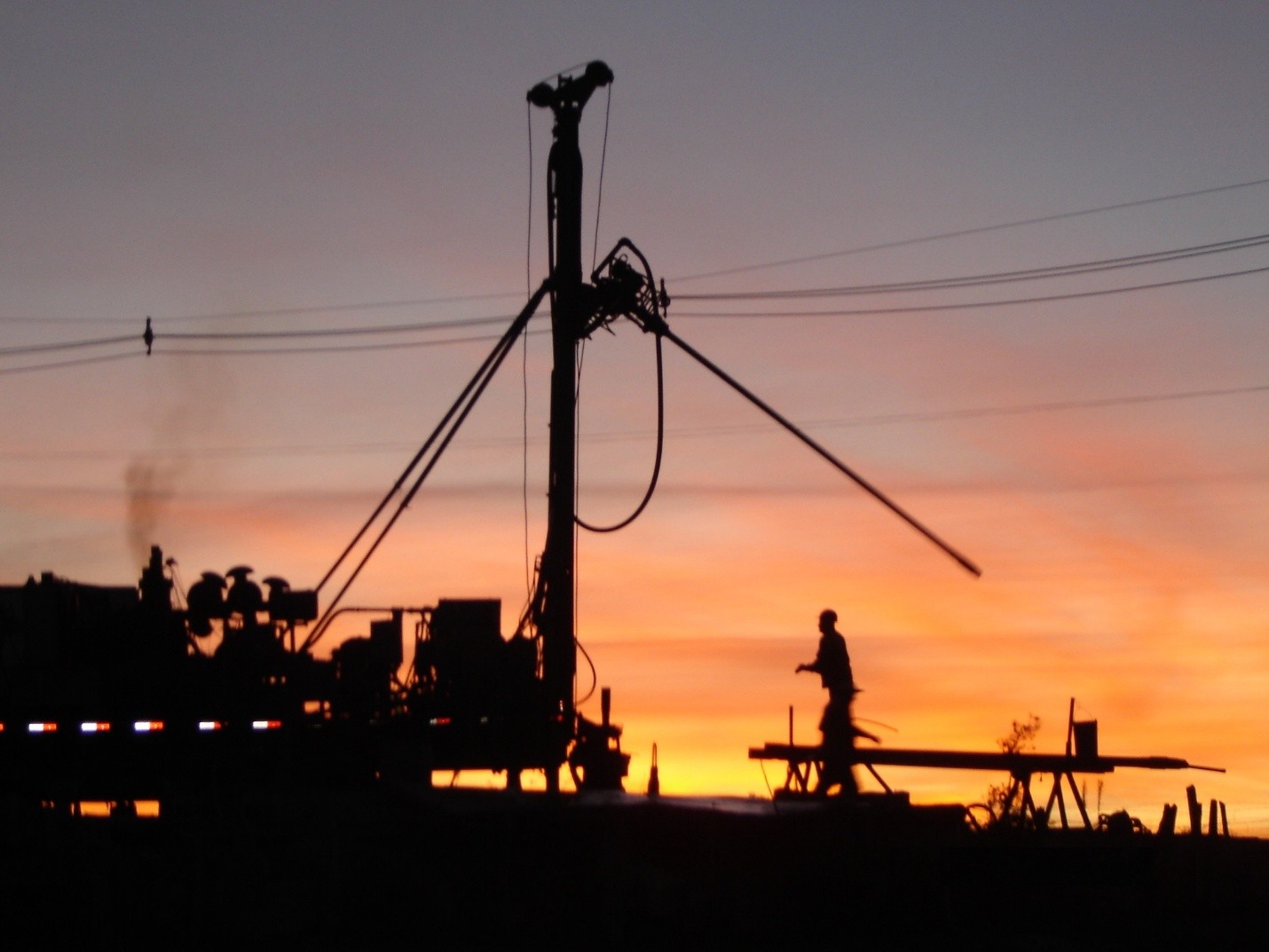
Figure 5. Drilling of a tubular well to supply the city of Porto Feliz (São Paulo, Brazil) (Credit: Antonio Pinhatti)



